PTE Academic Reading: Test Format, Question Types, Score, Exercises & Tips for Success
8 min read
Updated On
-
Copy link
PTE Reading primarily evaluates the candidate’s English language reading abilities. Learn about the test format, question types, scoring system, tips, and access free original PTE Reading practice samples to boost your preparation & achieve a high score.
Table of Contents

Limited-Time Offer : Access a FREE 10-Day IELTS Study Plan!
Various English language proficiency tests are available for potential immigrants who wish to migrate to an English-speaking country. A popular English language proficiency test is the Pearson Test of English or PTE. Just like the IELTS exam, the PTE Academic also evaluates a candidate’s abilities in the English language by testing the four core communication skills - PTE Reading, Listening, Speaking and Writing.
In this blog, we’ll dive deep into the PTE Academic Reading module, understand its question types, discuss the scoring system and provide tips to help you maximize your score.
Understanding PTE Academic Reading
Administered by one of the leading learning companies in the world, Pearson, the PTE Academic Reading helps students understand where their reading capabilities lie according to the Global Scale of English and not British or American standards exclusively. It is the second segment of the PTE exam.
Since reading skills are a fundamental part of an individual’s language proficiency, the PTE Reading section aims to test your ability to understand written English in various forms — ranging from short paragraphs to long academic articles. Since PTE Academic is an integrated skills exam, the reading module has the 'Reading and Writing: Fill in the blanks' question type that also evaluates writing ability.
Let’s have a look at the essential pointers about PTE Academic Reading in the table below.
|
Feature |
Details |
|---|---|
|
Total Time |
29 – 30 minutes |
|
Number of Questions |
13 – 18 (varies based on combination of task types) |
|
Skills Assessed |
Reading (primarily), Writing (for one task type) |
|
Task Types |
5 different task types |
Kickstart your PTE preparations now with our experts! Book a FREE Demo!
PTE Academic Reading Question Types
The Reading section of PTE Academic consists of five different question types - Fill in the Blanks – Reading & Writing, Multiple Choice, Multiple Answers, Re-order Paragraph, Fill in the Blanks – Reading and Multiple Choice, Single Answer.
These questions are specially designed to evaluate how well an individual would be able to utilize their reading skills in the English language in various contexts and social settings.
All the question types included in this section require reading comprehension, including the ‘Reading and Writing: Fill in the Blanks’ where candidates have to use their writing skills as well.
A detailed overview of the PTE Reading section and the various question types included in the table given below.
|
Task Name |
How to Answer? |
Prompt Length |
Score |
Number of Questions |
|---|---|---|---|---|
|
Reading & Writing: Fill in the Blanks |
A text with many gaps will be displayed. Fill in the blanks with words from a dropdown menu. |
Text up to 300 words |
1 point per correct word |
5 to 6 tasks per test |
|
Multiple-choice, Choose Multiple Answers |
After reading the text, select more than one response to a multiple-choice question about the text's tone or topic. |
Text up to 300 words |
+1 per correct option, -1 per incorrect option (no negative overall) |
2 to 3 tasks per test |
|
Re-order Paragraphs |
A number of text boxes show up on the screen in a random order. Sort the text boxes according to their proper order. |
Text up to 150 words |
1 point per correct adjacent pair (full score if fully correct) |
2 to 3 tasks per test |
|
Reading: Fill in the Blanks |
There are multiple gaps in the text when it shows on the screen. To fill in the blanks, drag words from the box below. |
Text up to 80 words |
1 point per correct word |
4 to 5 tasks per test |
|
Multiple-choice, Choose Single Answer |
Choose one response to a multiple-choice question after reading the text. |
Text up to 300 words |
1 point for correct answer, 0 for incorrect |
2 to 3 tasks per test |
PTE Academic Reading Exercises & Practice Tests
Now let’s have a look at the different types of PTE Academic Reading exercises and practice tests below!
1 Reading and Writing: Fill in the Blanks
The study, of 322 overweight 10- to 14-year-olds, found that those whose usual, sedentary video games were partly replaced with active games (1) ____________________ less weight over six months. For years, experts have (2) ____________________ that the growing amount of time children are spending in front of TVs and computers is helping to feed an (3) ____________________ of childhood obesity.
| Blank 1 | Blank 2 | Blank 3 |
|---|---|---|
| lost | conveyed | epidemic |
| gained | analysed | popularity |
| loss | tell | spread |
| increased | worried | prevalence |
2 Multiple Choice, Multiple Answer
After the insvestigation of the causes of the accident, the National Transportation Safety Board concluded that the reason consisted in the improper controlling of the engines' serviceability. Although the plane underwent a regular checking by professional mechanists, engineers did not notice any damages during the engine changes in Tulsa. Therefore, we can that the ignoring of the standard regulating procedure, regulated by the aviation law standards, caused the plane crash. The reason of the ignoring of the air law regulations consisted in the inability to identify and prevent the usage of improper maintenance procedures. Thus, a lack of attention of engineers and a complicated construction of the plane prevented the normal controlling and resulted in the neglecting of the aviation laws and rules.
Which of the following are true statements?
- The complicated construction of the plane led to the accident.
- Additional reason for the accident may be the ignoring of standard regulations.
- The core reason for the accident was the improper controlling of the engines, serviceability.
- The engineers did not notice the damage because they were careless.
3 Re-order Paragraphs
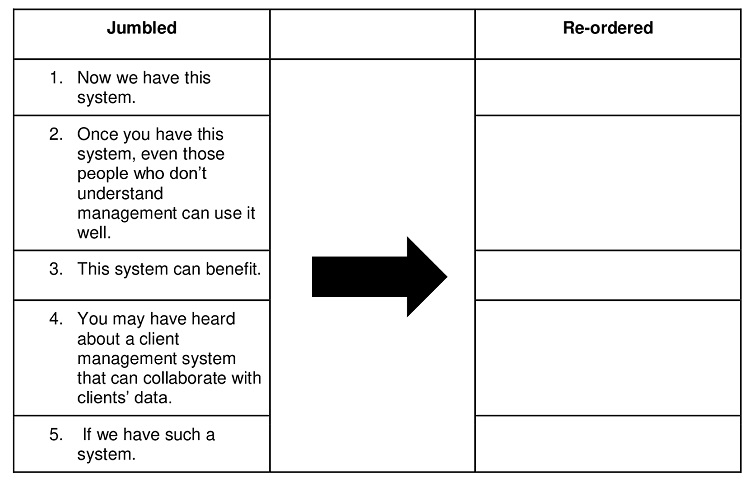
4 Fill in the Blanks
Pewtwe is an attractive metal which has been used for the (1) ____________________ of household and otheritems in Britain since Roman times. It is an alloy (2) ____________________ mostly of tin which has been mixed with small amounts of other metals such as copper, lead, or antimony to (3) ____________________ it and make it more durable.
| prompted | production | harden | distribution |
| soften | mixed | containing | consisting |
5 Multiple Choice, Single Answer
A 20% sugar tax could discourage shoppers from buying unhealthier breakfast cereals, new research led by New Finland University shows. Researchers found demand for sugary cereals fell by 48% if consumers knew a tax was being applied and consumers purchased healthier alternatives. The study carried out by experts from New Finland University, examined the impact of both a 20% and 40% tax on unhealthier cereals and soft drinks containing sugar. It also looked at whether telling people they werebeing taxed influenced the way they shopped. Lear researcher, Damien Rizzo, Professor of Economics at New Finland University Business School said, "Our findings suggest a 20% sugar tax would work and lead to large changes in shopping behaviour."
What factor caused a decreased in demand for high sugar cereals?
- A 20% tax
- Knowing how much sugar was in the cereal
- Knowing a sugar tax was included in the price
- People stopped liking the taste of it.
Need more PTE Reading Practice?
Check out these PTE Reading Practice Tests!
Scoring System of PTE Academic Reading
The scoring criteria may vary depending on the type of question being answered in this section. Besides familiarizing with the PTE exam pattern, knowing about the evaluation criteria is equally important. Check out the details in the table below.
|
Criterion |
Details |
|---|---|
|
Grammar |
The Reading section of the PTE aims to assess a candidate’s ability to recognize fundamental sentence structure and syntax correctly. The best acceptable responses in reading passages contain a high percentage of grammatically correct complete sentences that reflect the passage’s intended meaning. |
|
Vocabulary |
Vocabulary is scored according to the relevance of the response. As a result, it’s critical to use synonyms appropriately. The correct solutions correctly use terms from the reading, provide context, and demonstrate language diversity by successfully utilizing synonyms. |
|
Decoding |
This refers to the ability to read individual words and sound out unfamiliar words accurately and instinctively. Decoding is assessed using word lists to eliminate context clues for the reader and reading in context. |
|
Reading Comprehension |
This ability is assessed by making students read multiple passages and respond to a series of questions about what they read. Reading comprehension is a difficult process requiring a student to read the material effectively, comprehend what it says, and retain the information. |
PTE Reading Tips to Ace the Exam
No matter how well you are prepared for a particular exam, it is always helpful to know certain points and strategies to aid your PTE preparation. These tips can significantly improve your overall performance in the PTE Reading section if used correctly and at the right moment.
Given below are some important PTE Reading tips for candidates to keep in mind when answering the PTE Reading section.
- Read the questions carefully and multiple times to clarify the type of the required answer and where to look for the same.
- Do not leave any questions unanswered, especially for question types where negative marking does not apply.
- Make a habit of reading long texts as quickly as possible to save time during the exam. Reading newspaper articles, journals, and blogs is an effective way to develop this skill.
- Candidates must remember that the answers may not be presented in the order of the questions in the given passages. Candidates should learn to retain information and not lose track of any important points. Making notes is a useful strategy for keeping track of key information.
- Do not spend too much time on one question. Ideally, each question should be answered in 2 minutes during the PTE Reading section.
Grab the opportunity to enroll yourself in the Best Pearson Test of English (PTE) For 2025!
Common Mistakes to Avoid in PTE Academic Reading
There are a few common mistakes which you need to avoid as you prepare for the PTE Academic Reading. Below are some of the mistakes which you must be aware of in order to avoid them and achieve a perfect score on your PTE score card.
- Ignoring Contextual Clues - Many students fail to comprehend the full meaning of a whole sentence or paragraph. Therefore, always read the words and understand the meaning to find the correct word as per the context.
- Guessing But not Understanding Any Word Meaning - Picking a word because it seems to fit the sentence can be wrong. Make sure you know the meaning and usage of each option.
- Overlooking Grammar Structure - There are many clues from the grammatical aspects which you must consider.
- Rushing Through The Passage - Speed reading through a text will likely make one miss the key contextual hints. Skim first and then analyze the meaning carefully.
- Choosing the Answer According to Memory - You must still return to the passage even if you believe you know the answer. The right answer must always have the text evidence in its favor.
- Misreading the Question - At times, students answer on what they think about being asked instead of what is being asked. Carefully read through the question before attempting to answer.
- Fall into Distractors - The options might have similar words or have facts that are true but irrelevant. PTE usually contains one such option so answer everything with what directly answers the question.
To conclude, although the PTE Reading section may appear to be a little tough, if you follow a few techniques and practice consistently, you can make a huge difference here. The focus is really on understanding the context, building up your vocabulary, and effective time management in order to handle Fill in the Blanks and Multiple Choice questions. Make it a point to read daily and brush up on common grammar and collocation patterns. With thorough preparation and self-confidence, you will be able to nail the Reading section and attain that required score!
Useful Links:
Frequently Asked Questions
How long is the PTE Academic Reading section?
How many questions are in the Reading section of the PTE?
What number of questions are allotted for each type of task in the PTE Reading section?
What is the difference between Fill in the Blanks and Reading and Writing Fill in the Blanks?
Does the PTE Reading section have negative marking?
Other PTE Exam Related Articles

Start Preparing for IELTS: Get Your 10-Day Study Plan Today!
Explore other IELTS Articles

Kasturika Samanta
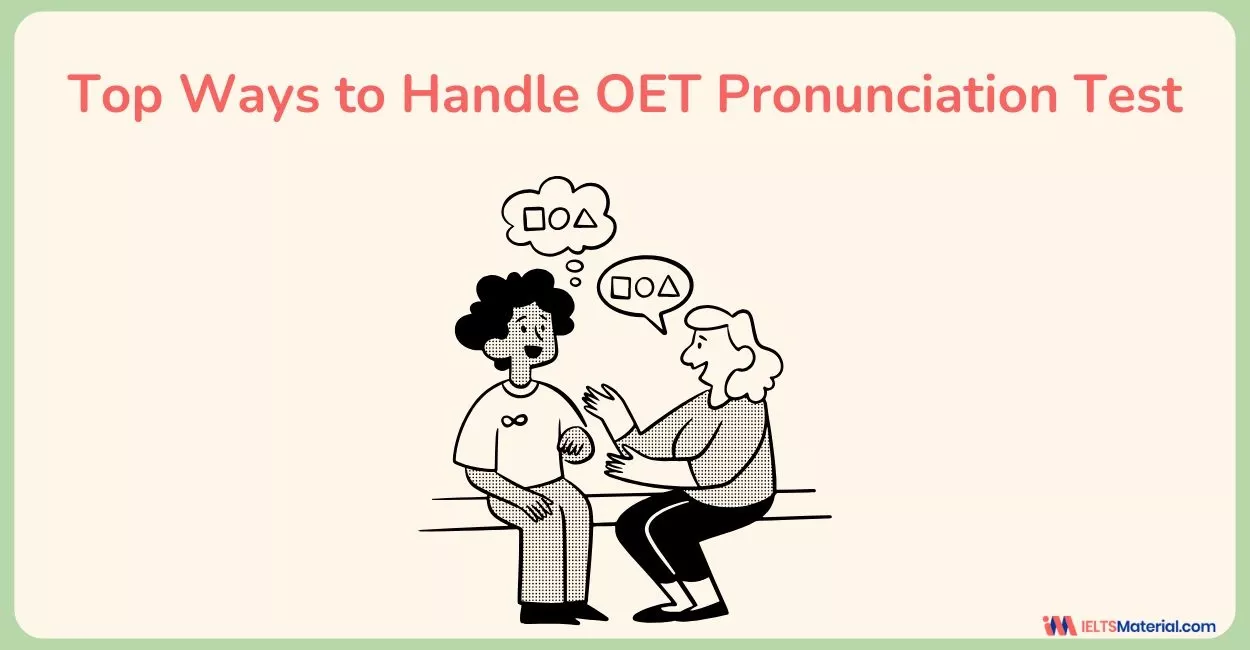
Prity Mallick
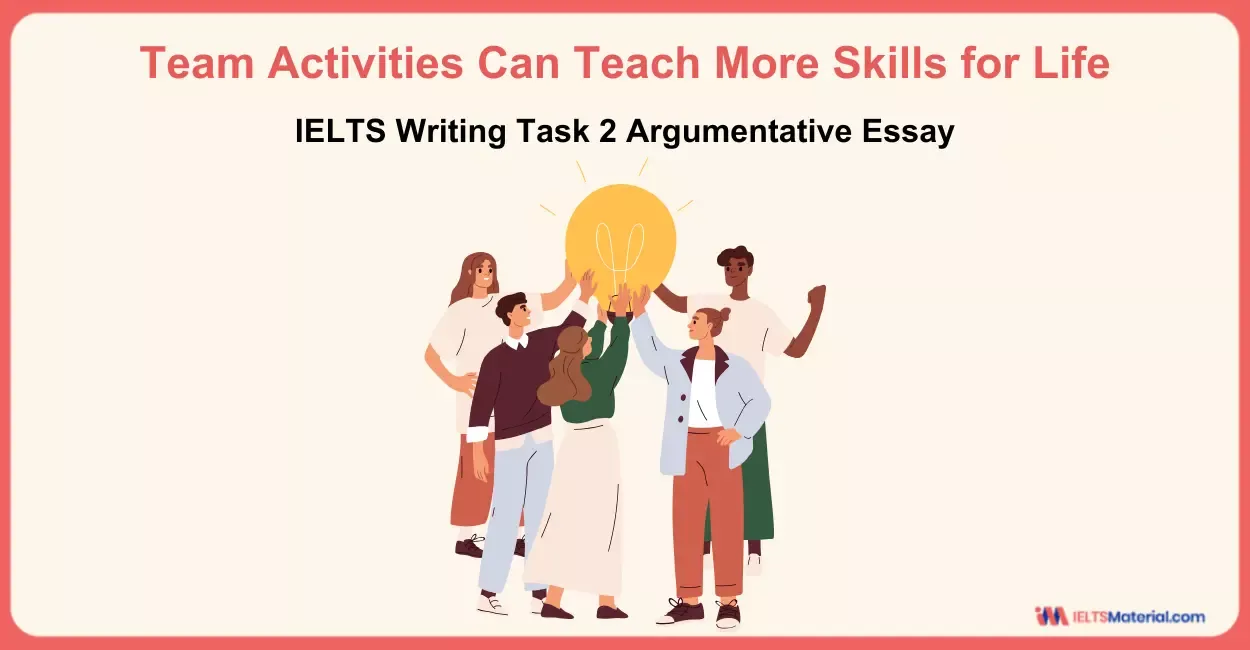

Nehasri Ravishenbagam
Recent Articles
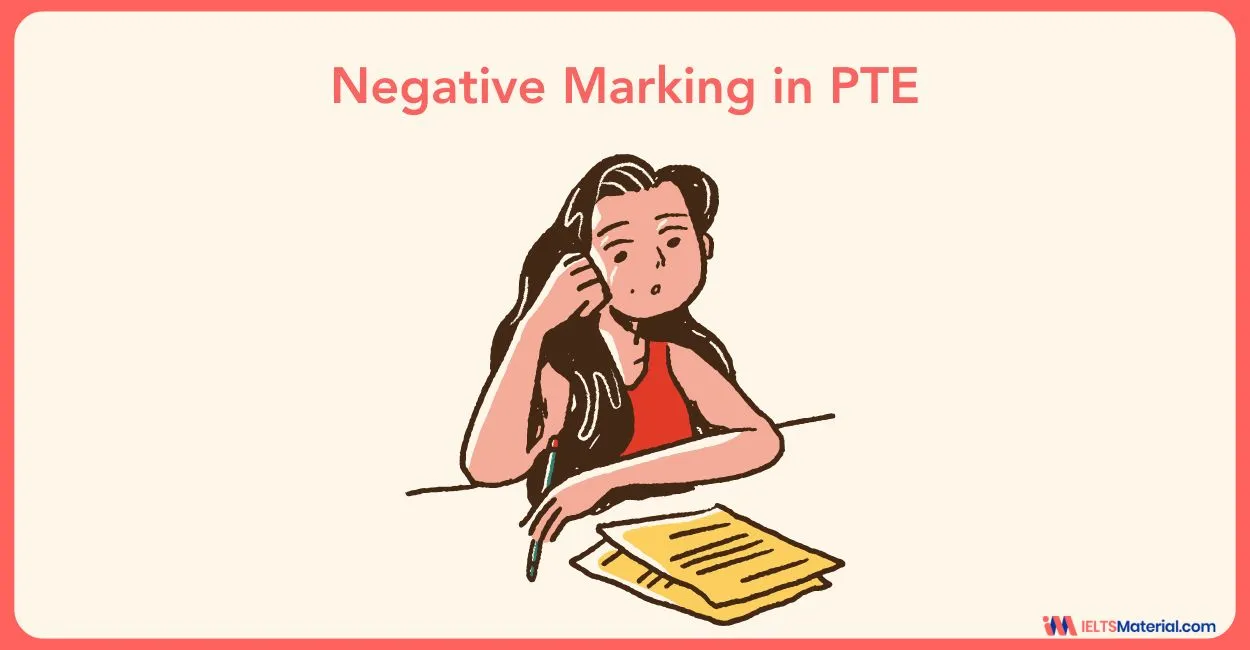
Kasturika Samanta
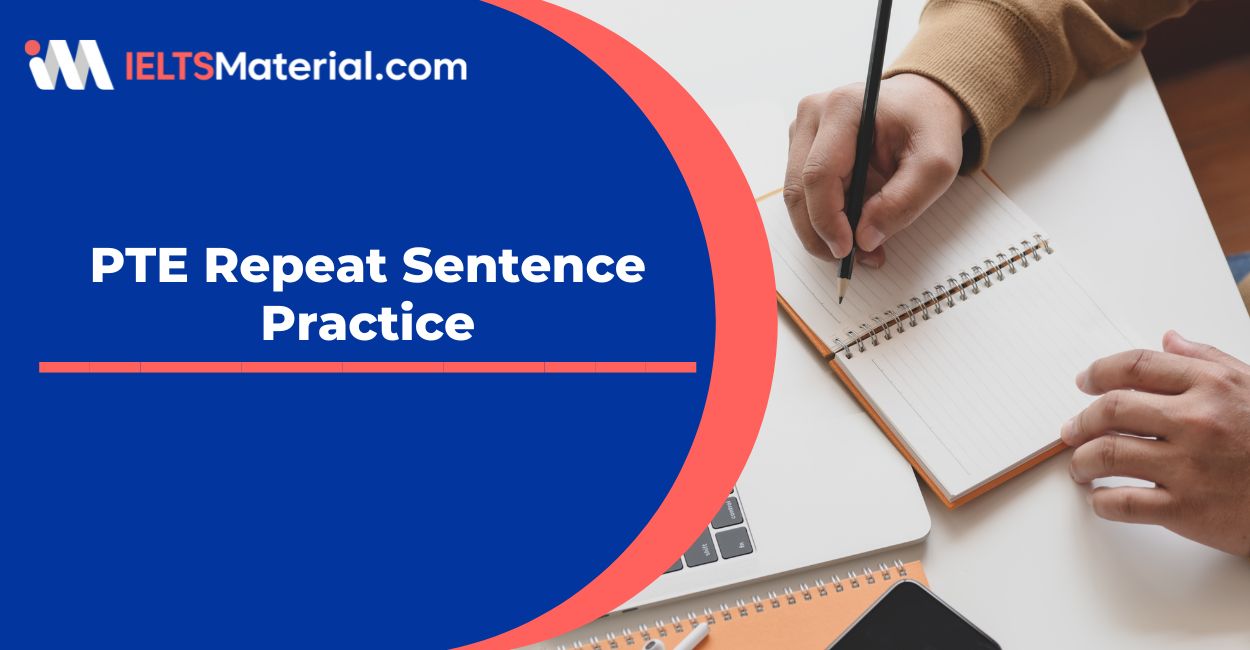
Kasturika Samanta
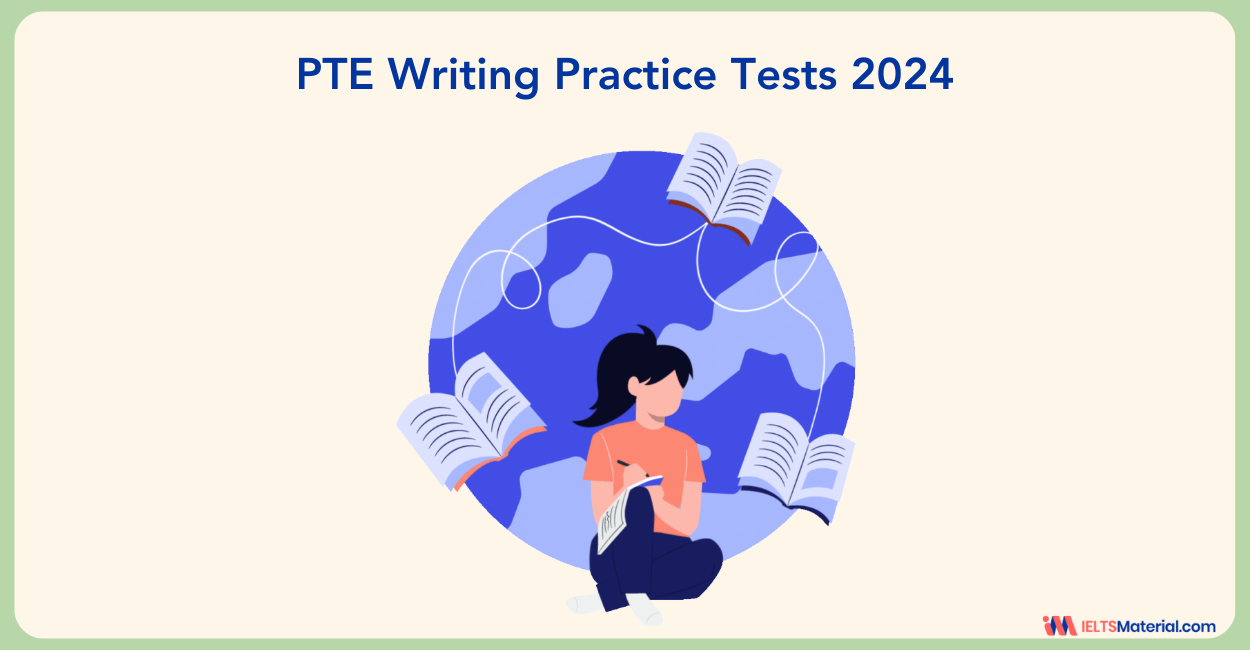
Kasturika Samanta

Prity Mallick




Post your Comments